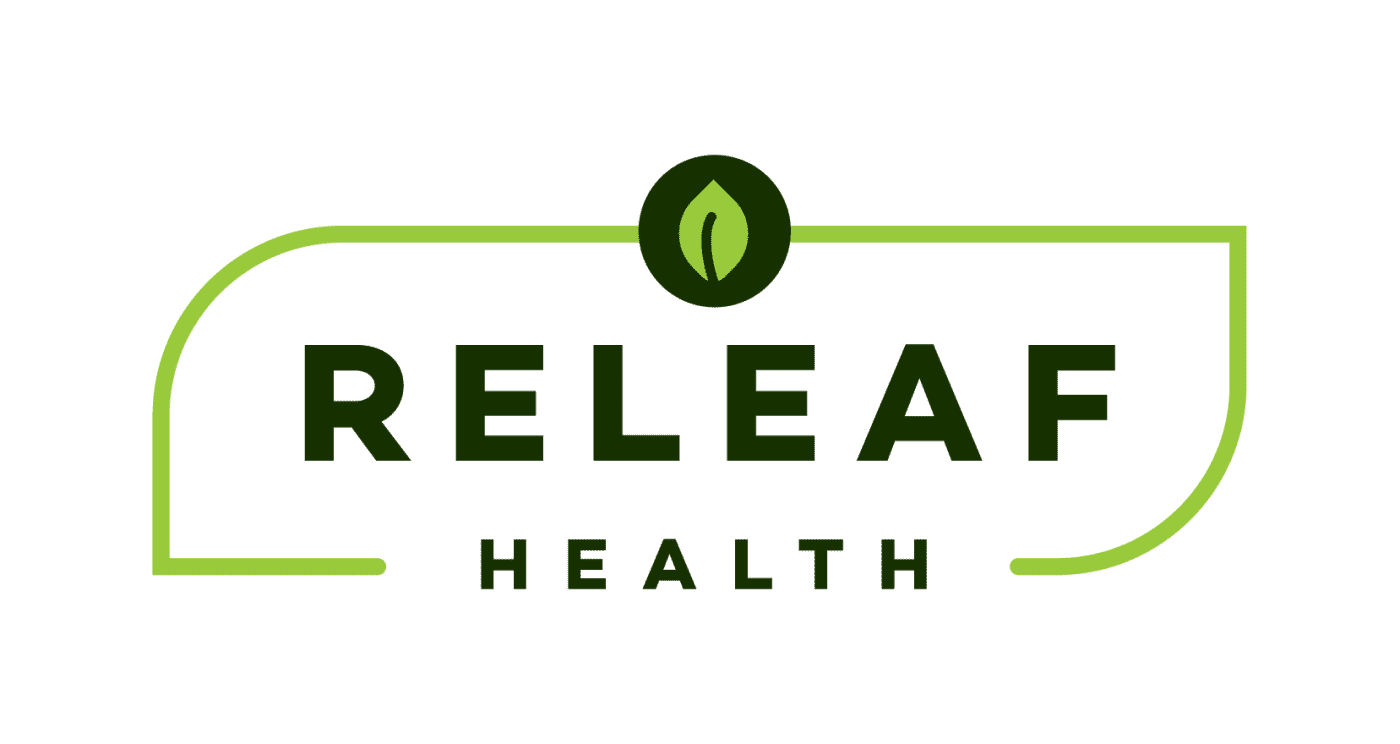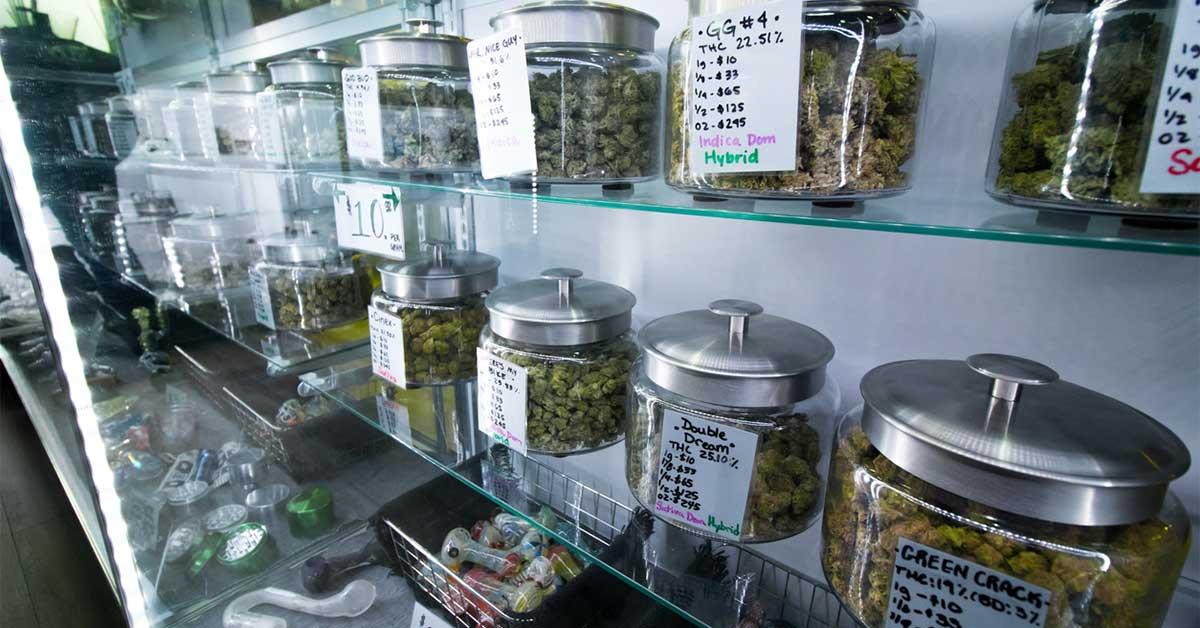Going to the dispensary can be an intimidating experience for those new to the world of medical marijuana. It may seem like there’s a whole routine around buying certified cannabis that only ‘insiders’ know about. Plus, there’s all these buzzwords and new terminology to learn, including a bunch of acronyms like THC and CBD – it’s enough to make your head spin!
The good news, though, is that you have a medical marijuana insider on your team – Releaf Health Clinic. And after reading this blog and a little preparation, putting your MM card to use at a dispensary doesn’t have to be a scary experience at all. So, what do you need to know? Well, read on! Your dispensary 101 class starts now.
#1 Pick your location – When it comes to dispensaries in Ohio, the State of Ohio Board of Pharmacy licenses and regulates these establishments. The good news is that active MM cardholders can visit any locations in the state! It can be close to your house, convenient to work, or you can go to a dispensary while traveling within the state. You can find a map of dispensary locations here.
#2 Bring your IDs – Before you go to any Ohio dispensary, you need to remember to bring your ID, your Ohio Medical Marijuana Card, and bring cash.
# 3 Study up (a little)! While you don’t have to spend hours digging through all cannabis websites out there, it is a good idea to do some research before you set foot in a dispensary. Looking at certified cannabis with an analytical eye helps you understand your goals and what natural products can help get you there. Start by looking at different marijuana strains based on your ailment and the effect you are seeking. Here’s a quick crash course to get you started.
- Sativa strain (energizing and mood-elevating) – In a broad sense, Sativa strains are ‘uplifting.’ Many patients believe this strain of marijuana pairs well with being physically active or social.
Common medical uses for Sativa Because Sativa increases energy, patients choose this strain to relieve chronic pain or provide relief from depressive symptoms. Depending on your symptoms, common medical conditions for this strain include ADHD, Alzheimer’s Disease, Bipolar Disorder, Depression, Glaucoma, HIV/AIDS.
- Indica strain (relaxing) – On the other hand, Indica strains are known for their relaxation qualities. Many patients also talk about how Indica has an amplified level of ‘peace’ or deep physical sedation, which for many, makes indica ideal for promoting sleep.
Common medical uses for indica Many patients find that indica strains are ideal for treating pain, anxiety, or insomnia because of its characteristics. Common medical conditions treated with this strain include Anxiety Disorders, Arthritis, Cancer, Crohn’s Disease, Epilepsy, Fibromyalgia, Inflammation, Lupus, Multiple Sclerosis, OCD, Parkinson’s, PTSD, Sleep Apnea.
- Hybrid strain – You guessed it! Hybrid cannabis strains include a mix of both Indica and Sativa marijuana, bringing together energizing and relaxing effects. Not surprisingly, if one strain is dominant, the results of that strain are more noticeable. Some certified cannabis products are designed to have multiple effects, such as relieving inflammation and elevating mood.
# 4 Decode acronyms THC and CBD
During your research and at the dispensary, you’ll be seeing the acronyms THC and CBD everywhere. THC and CBD are two of the most well-known chemical compounds – or cannabinoids – found in cannabis. Their technical names are Tetrahydrocannabinol (THC) and cannabidiol (CBD).
- THC (the ‘high effect’) – THC is the psychoactive compound responsible for the ‘high’ associated with cannabis.
- CBD (the compound may have therapeutic benefits) – CBD does not produce psychoactive effects, but it may offer other medicinal benefits, such as anti-anxiety and inflammation relief.
Now that you know the cannabis basics, indica is known for having more CBD and less THC than its Sativa cousins. And, CBD may lessen THC’s psychotic effects. This is useful for patients looking to stay away from the ‘high’ associated with higher THC amounts.
#5 Choose how you want to take it – Your final tip for preparing for your dispensary visit is to think about the form you wish to use to take your MM. Many people have different preferences, and there are pros and cons to each. The best general advice is to start slow and with low amounts to learn what’s best for you. Here’s a recap of your options.
- Concentrates – These MM products come in extracts and generally have higher concentrations of specific molecules from the plant. Standard forms are waxes, oils, and resin. They are consumed using inhalation or vaporization.
- Vaporization (flower) – Medical marijuana flower, also known as dry leaf, is consumed through vaporization in Ohio.
- Edibles – These products come in many forms, such as brownies, cookies, pill capsules, and many other food types.
- Topicals – Topicals such as lotions, creams, or salves often focus on localized body treatments such as treating muscle aches or reducing pain.
- Patches – MM patches allow cannabinoids to enter the bloodstream for long-lasting relief from localized pain or discomfort.
- Tinctures – This concentrated liquid cannabis product is placed under the tongue for absorption.
Are you feeling better? Use this cheat sheet before you go, and you’ll be shopping with confidence! Do you have other questions about visiting a dispensary? Or do you have questions about getting or renewing your MM? Call or email us anytime! At Releaf Health Clinic, we make obtaining a MM card simple with our in-person or convenient and secure telemedicine appointments. Don’t wait! Soon you’ll be an ‘insider’ too!


